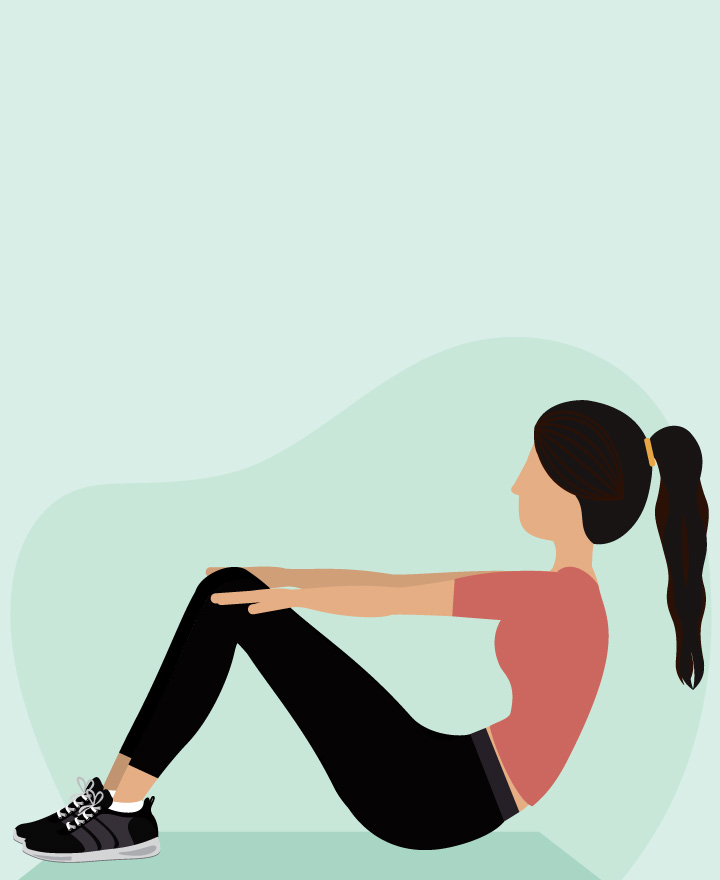

20 Diseases Treated by Physical Therapy
Physical Therapy is a branch of rehabilitative healthcare where trained and licensed medical professionals use specially designed equipment and exercise regimens to treat abnormal physical functions. The list of diseases treated by physical therapy includes neurological disorders, genetic, or musculoskeletal disorders, as well as sports injuries or even common issues like dizziness. Read on to know more.
Who is a Physical Therapist?
A physical therapist is a medical professional who is knowledgeable about your body’s biomechanics and if there are any deficiencies in the physical movement of your body, they can identify the root cause and work on treating it.
Why Physical Therapy Is Important
After injury or post-surgery, specific areas get weakened and require strengthening. Physical therapy plays an important role in this because it helps to target these areas and relieve stress without causing pain.
Physical therapy is seen as the most-effective solution for stress-free recovery, particularly for post-operative therapy. With certain exercises on the target areas of weakness, physical therapy can treat the pain source and help improve your well-being.
List of Diseases Treated by Physical Therapy
The most common medical conditions treated by physical therapists are:
1. Lymphedema: Physical therapists use complete decongestive therapy (CDT) to reduce swelling and prevent future fluid build-up.
2. Sports injuries: Specific types of sports injuries can be treated with appropriate recovery programs or prevention exercises for a safe and quick recovery.
3. Muscular Dystrophy: Muscles and skeleton degenerate owing to age or various disorders which can be treated with mobility exercises and using supporting frames.
4. Neck and back pain: Physical therapy reduces pain and improves mobility thereby easing chronic back and neck pain.
5. Limited Range of Motion (ROM)i: Physical Therapy can help revive the motion by helping to achieve better extension or flexion.
6. Osteoporosis: Disabling fractures caused due to osteoporosis can be prevented with timely physical therapy.
7. Headaches: Tension-type headaches can lead to severe head or neck injury but with implementation of a proper plan of care, neck mobility can be increased along with strengthening of upper back muscles.
8. Vertigo: Since physical therapy improves balance, it can help to treat vertigo.
9. Carpal Tunnel Syndrome: Wrist injuries and pain can be subdued by changing your posture and performing stretches and exercises.
10. Chronic Fatigue Syndrome: Physical therapists, together with doctors, formulate a treatment plan with endurance training tasks which can help to treat this syndrome.
11. Respiratory issues: This can be treated with pulmonary rehabilitation plans and by strengthening the lungs with diaphragmatic breathing tasks.
12. Burns: In collaboration with medical team, physical therapy can help treat severe burns and splinting.
13. Joint Replacement: In collaboration with medical team, physical therapy will certainly provide adequate knee relief from pain.
14. Ankle Sprain: With good home exercises suggested by therapists, ankle sprains can heal faster.
15. Parkinson’s disease: This neurological and progressive movement disorder can be treated with physical therapy and resistance strength exercises.
16. Foot Fracture: Depending on the severity of your pain and the fracture location, physical therapy exercise is suggested.
17. Huntington’s disease: Spasms, slurred speech, and unsteady gait are some of the common symptoms of this disease, and these can be treated with physical therapy.
18. Knee Ligament Injury: This injury can occur in contact sports or if hit strongly and can be treated with physical therapy.
19. Pelvic Floor Dysfunction: This can be treated by correcting the posture and lifting and carrying weights properly.
20. Cancer: Managing the consequences of the type of cancer can be made possible when physical therapists identify and treat impairments.
Benefits of Physical Therapy
Some of the most effective physical therapy benefits are:
1. Pain-free therapy
2. No side effects
3. Quick relief
4. Pain and age-related medical issues can be managed with physical therapy.
5. Manual therapy techniques can reduce the need for surgery and eliminate pain without using medication.
Conclusion
Physical therapy helps you recover post-surgery or if you have injured yourself in an accident. It is conducted by trained medical practitioners who use various physical methods to bring relief.
Sources: Xopt1
Disclaimer: This blog provides general information and discussions about health and related subjects. The information and other content provided in this blog, website or in any linked materials are not intended and should not be considered, or used as a substitute for, medical advice, diagnosis or treatment. Kindly contact your Doctor before starting a new medicine or health regime.
Related Articles
Cardio Vs. Weight Training: All You Should Know
Step By Step Guide To Setting Up A Home Gym!
All You Need To Know About Immune System And Boosting It
10 Signs Of A Weak Immune System
Published on October 07, 2022

















 Health Insurance
Health Insurance  Travel Insurance
Travel Insurance  Car Insurance
Car Insurance  Cyber Insurance
Cyber Insurance  Critical Illness Insurance
Critical Illness Insurance
 Pet Insurance
Pet Insurance
 Bike/Two Wheeler Insurance
Bike/Two Wheeler Insurance  Home Insurance
Home Insurance  Third Party Vehicle Ins.
Third Party Vehicle Ins.  Tractor Insurance
Tractor Insurance  Goods Carrying Vehicle Ins.
Goods Carrying Vehicle Ins.  Passenger Carrying Vehicle Ins.
Passenger Carrying Vehicle Ins.  Compulsory Personal Accident Insurance
Compulsory Personal Accident Insurance  Travel Insurance
Travel Insurance  Rural
Rural